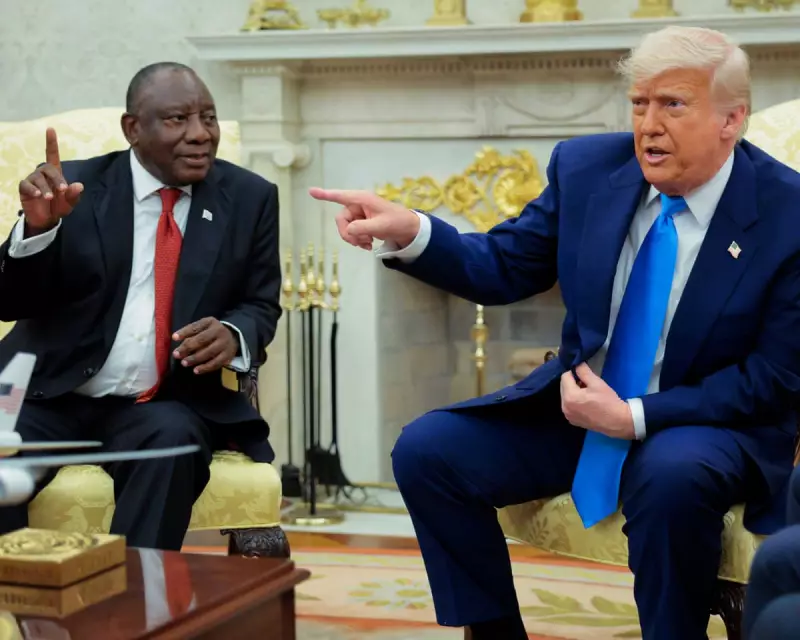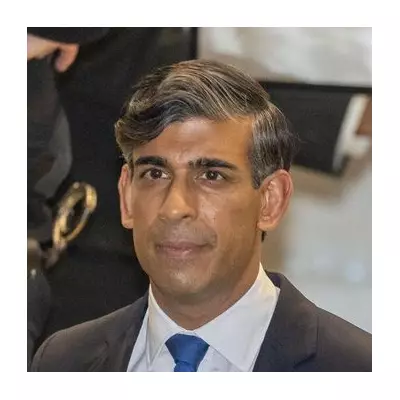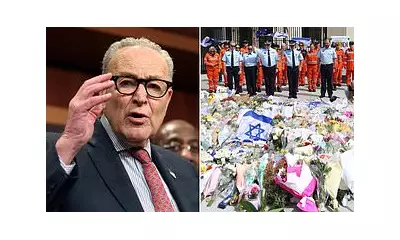
In a move that has ignited fierce debate, the United States is set to implement one of the most restrictive refugee policies in decades, slashing its annual admissions ceiling to just 7,500 individuals for the upcoming fiscal year.
The decision, confirmed by administration officials, represents a significant departure from traditional refugee protocols by explicitly prioritising white South Africans fleeing what the US government describes as "targeted persecution."
A Drastic Reduction in Humanitarian Intake
The new cap of 7,500 marks a staggering decline from previous years and stands as the lowest refugee admission target since the modern US refugee programme was established. This sharp reduction comes despite ongoing global humanitarian crises affecting millions worldwide.
Administration officials defended the decision, citing budget constraints and the need to focus on domestic priorities. However, refugee advocacy groups have condemned the move as abandoning America's historical role as a safe haven for the world's most vulnerable.
Controversial Focus on White South Africans
Most controversially, the policy establishes a specific priority category for white South Africans, who will receive preferential processing under the new system. US officials argue this group faces unique persecution due to land reform policies and racial tensions in South Africa.
Human rights organisations have expressed alarm at the racial specificity of the new priority, warning it could set a dangerous precedent for refugee selection based on ethnicity rather than uniform assessment of persecution.
Broader Implications and Reactions
The policy shift has drawn criticism from both sides of the political spectrum, with some questioning the administration's commitment to humanitarian values while others argue the cap remains too high.
International observers note the decision could influence global refugee policies at a time when displacement worldwide has reached record levels. The specific focus on white South Africans has particularly raised eyebrows among diplomatic circles and human rights monitors.
As the policy takes effect, its implementation will be closely watched by refugee advocates, foreign governments, and communities affected by the dramatic shift in America's approach to humanitarian protection.





